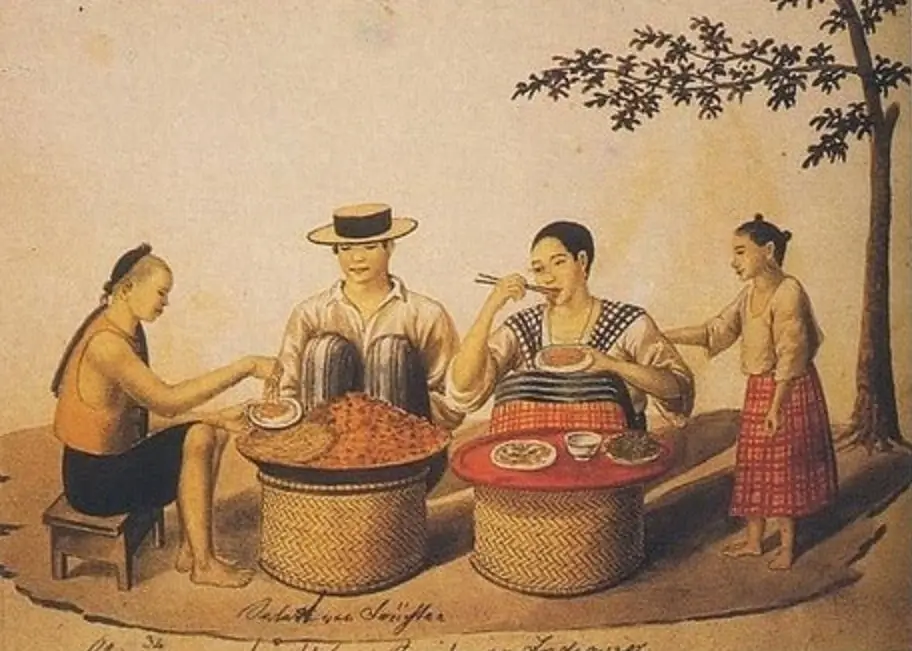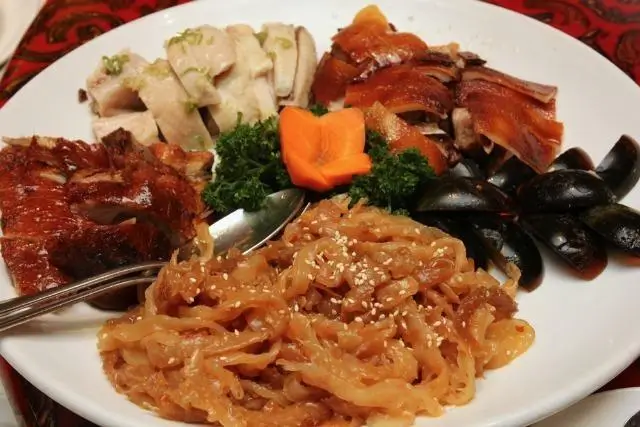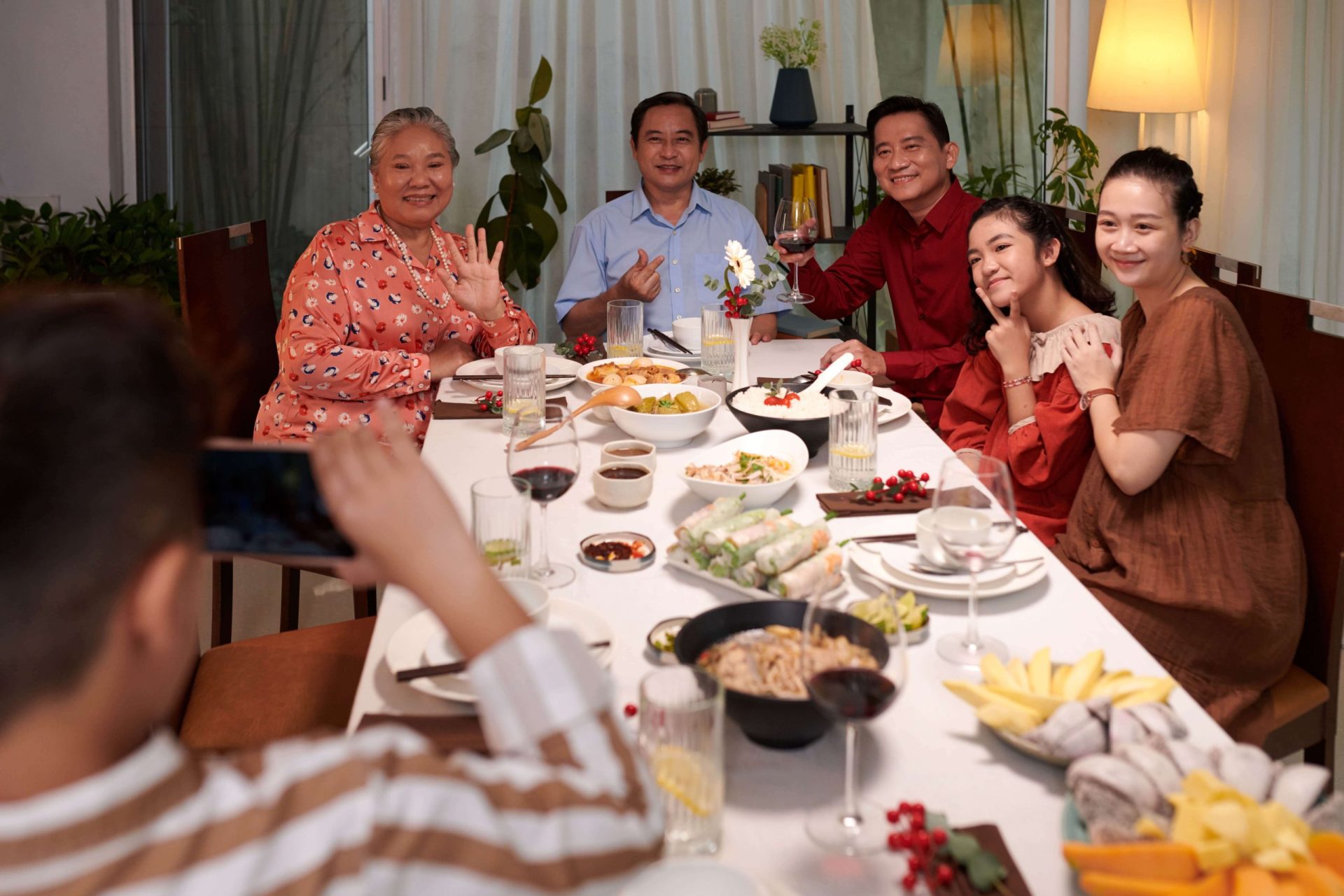In modern time, many Filipinos have heard of the phrase “Tsinoy,” particularly to refer to any Filipino who possesses Chinese blood or ancestry. The term used to refer to Chinese-Filipinos has undergone many evolutions ever since the Chinese arrived in the Philippines for trading engagements with Philippine natives. One of the festivities that celebrate the relationship of Chinese and Filipino communities is Fiesta Tsinoy. For this blog, we will discuss a comprehensive brief background of the presence of Chinese-Filipinos or Tsinoys in the Philippines with relevance to the Fiesta Tsinoy that is typically celebrated in the province of Albay; and why this festivity may be worth considering traveling to from your condo in Las Pinas.
Brief history of Tsinoys
The interactions of Chinese-Filipinos with Philippine natives can be traced back to the 9th century, which is centuries prior to the Spanish Colonization. The main purpose of these interactions was for bartering engagements or trade; and artifacts have been found that show proof of this early trade between the Filipinos and the Chinese.
During the Spanish Colonization, the Spaniards had suspicions regarding the presence of the Chinese in the Philippines. This led to the Spaniards setting restrictions to the stay of the Chinese in the Philppines as a way to maintain power over lands in the country. The Chinese, during this period, engaged in businesses as “traders, moneylenders, and landowners.” Many of the Chinese then started families with Filipinas; and it was through this that Chinese “mestizos,” or citizens with a mix of Chinese and Filipino blood, began to exist.
During the Japanese Occupation, a significant number of Chinese-Filipinos provided assistance to guerilla efforts to provide resistance against Japanese forces. These Chinese-Filipinos would then be recognized for their efforts, fostering a unity to form between the Chinese and native Filipinos.

Image from: https://subliblog.com/
It was in the 21st century that there was a surge of granting citizenship to Chinese-Filipinos to gain Philippine citizenship. Furthermore, it was during the administrations of President Arroyo and Benigno Aquino that Chinese trade and influence in the country began to prosper even more.
Chinese culture in the PH
The presence of Chinese-blooded citizens in the Philippines for centuries has contributed to the preservation of Chinese culture in the country. One source states the Philippines has become a repository or a large storage for many Chinese cultural traditions. Although, with the intermingling of Chinese and Filipino communities within the Philippines, this has caused the emergence of unique customs or “cultural variations” in regards to Chinese culture in the country. Examples of this are the “Chinese New Year or Lunar New Year, Mid-Autumn Festival, and Fiesta Tsinoy.” Perhaps one of these festivals may be celebrated near your condo in Las Pinas.
One source states that for communities that have Chinese culture integrated in them, it is observed that a minimum of one festival – that is related to Chinese culture – every year is celebrated by said communities. When these festivities are held, it is inevitable that Filipinos may engage in these Chinese festivities. This is also reciprocated by Chinese-Filipinos or Tsinoys by participating in festivities that are part of Filipino culture. In these festivities, there is the inclusion of “Chinese opera, Chinese lanterns, fireworks, and dragon-and-lion dances, as well as the giving of tikoy, a sticky rice cake dish,” as customs for the festivities in Chinese-Filipino communities.
What is Fiesta Tsinoy?
Fiesta Tsinoy is one of the many festivities celebrated by the Chinese-Filipino community in the Albay province of the Philippines. In this festival, customs such as “dragon-and-lion dance, ancestral veneration within a mass, and a Chinese Cultural Program” are observed during the celebration. One source states that Fiesta Tsinoy is a Chinese New Year celebration that encourages participation from people of the Albay province to engage in the lively celebratory activities. Another source states that during this event, lucky charms will be available for purchase and the opportunity to talk to experts of feng shui will also be present during the celebration.
Chinese lauriat

Image from: https://www.gmanetwork.com/
Another feature that is available in the Fiesta Tsinoy is the Chinese lauriat. Chinese lauriats are meant to be banquets, typically comprised of 8-10 dishes, held only on special occasions. These dishes usually include fish, meats and vegetables; wine is also served particularly for toasting. Moreover, the serving sizes are expected to large with the expectation of holding a grand feast. This is because celebrating abundance, and future wealth and prosperity, is a principle that is valued in Chinese culture.
Chinese-Filipino cuisine
Rice is observed to be a staple food in Asian countries. In celebrating the Chinese New Year, it is inevitable that rice dishes will be serve. Because of rice’s importance in Asian cuisine, there are countless variations that utilize creativity to serve delicious rice meals. One of these variations are dishes that use glutinous rice like “tikoy, dumplings, and noodles.”
One source states that one of the ways that Chinese culture has been integrated in Filipino culture is through cuisine. It’s said that many Chinese Cantonese dishes have been localized to Filipino culture over time. Examples of these dishes include “pancit, malabon, lumpia shanghai, bihon, and palabok.”
Angpao: The red envelope
If the red envelope with Chinese golden characters and patterns imprinted on it is something you recognize or remember receiving from your grandparents, aunts, uncles, and relatives, then you have experienced one of the customs observed in the Chinese New Year. This red envelope is called “angpao,” and its main purpose is to “ensure that one has money entering the new year.” The angpao is another example of Chinese culture placing value on wealth and prosperity as a preferential thing to have in life.
Conclusion
The Chinese have had interactions with the Filipinos that date back many centuries. These interactions were primarily for bartering or trading; and as time passed, a significant number of Chinese tradesmen decided to raise families with Filipinos and live their lives in the Philippines. Naturally, this sequence of events would bear fruit the imparting of Chinese culture in the activities of the communities in the Philippines where the Chinese and Chinese-Filipinos stay. Times always change; and because of this, the acculturation that takes place for the Chinese-Filipinos would bring out about customs and celebrations that are unique to the Chinese-Filipinos. One of these celebrations is the Fiesta Tsinoy, which is purposed to celebrate the Chinese-Filipinos and their presence as part of the community.


